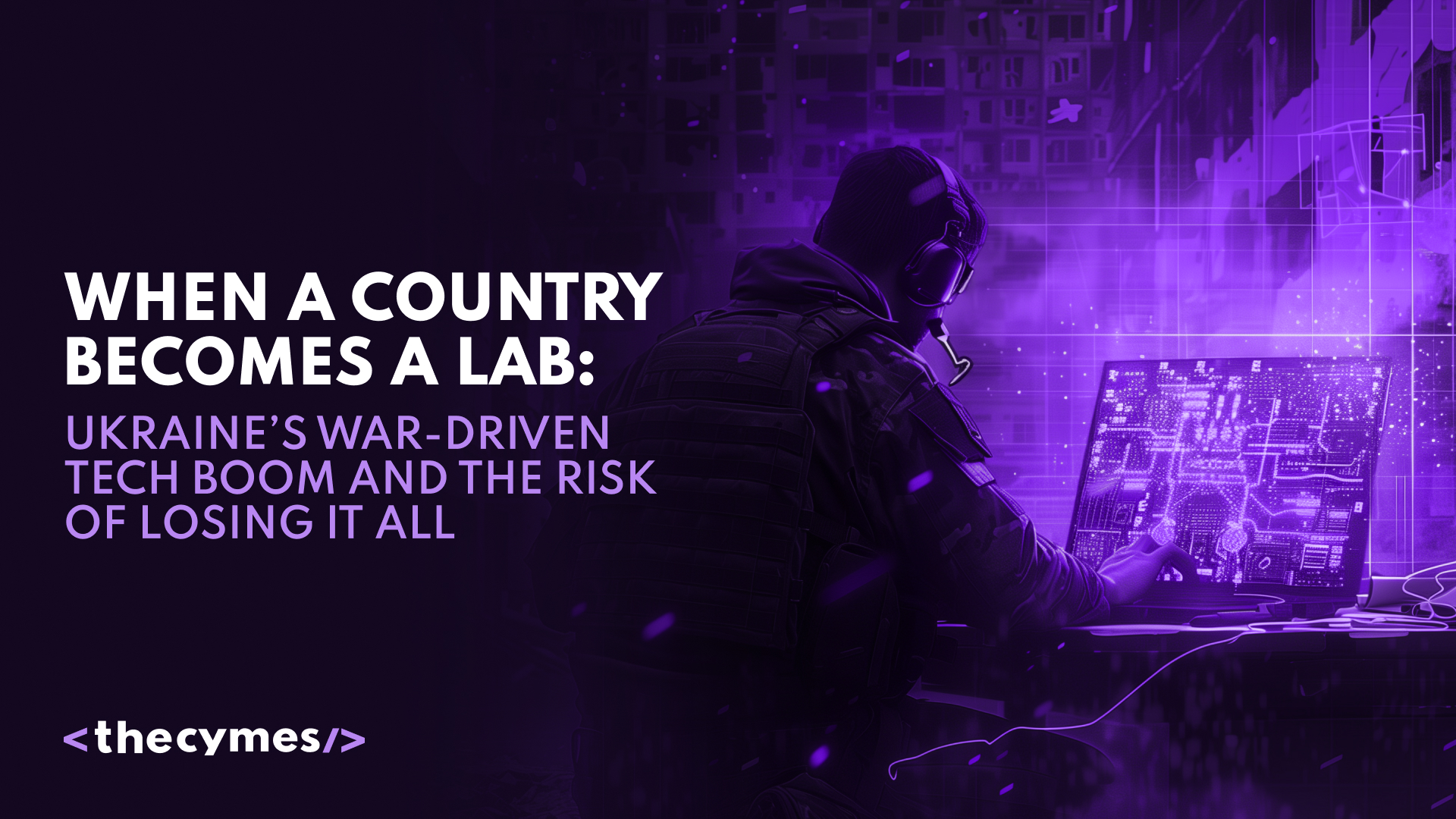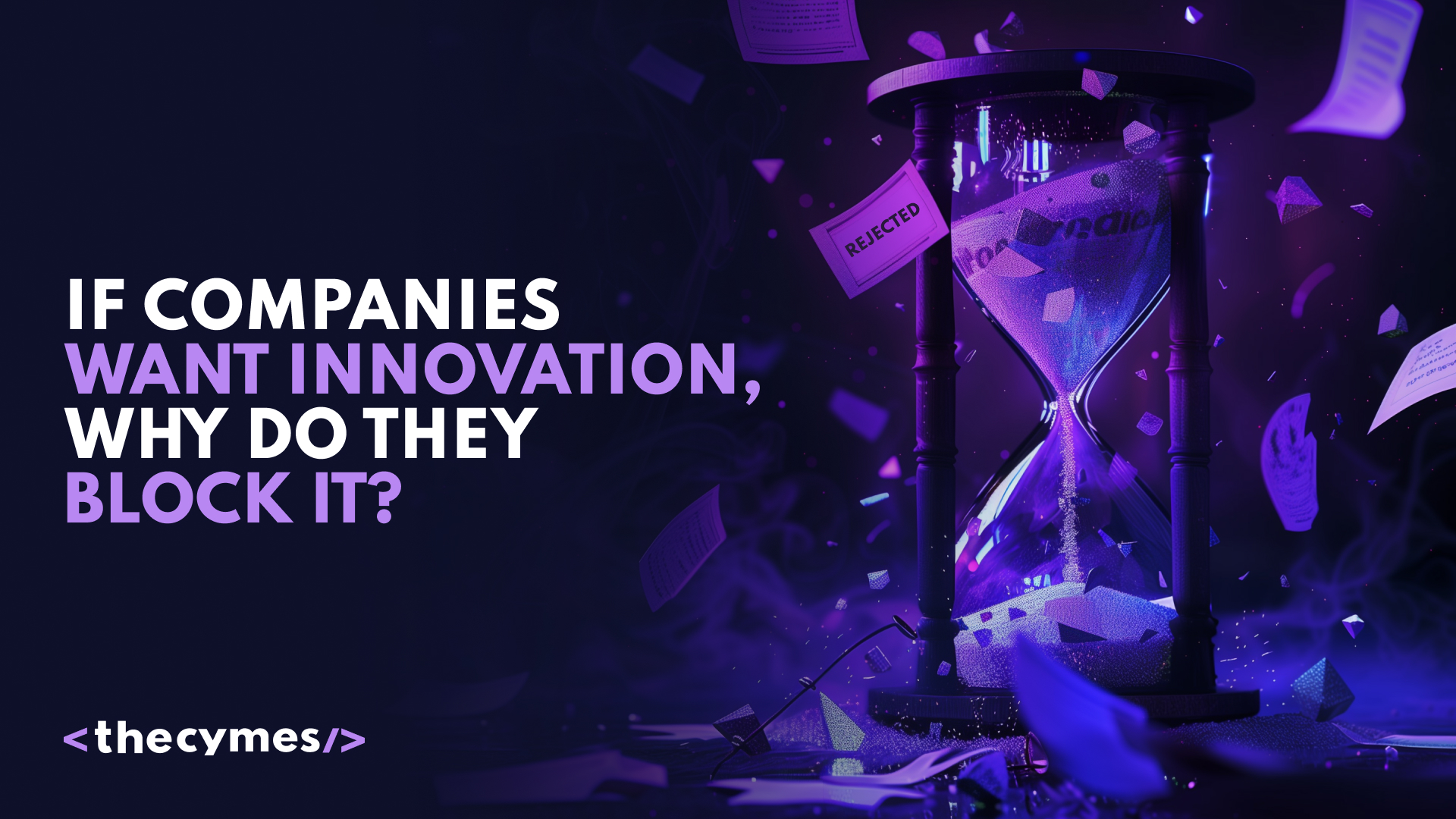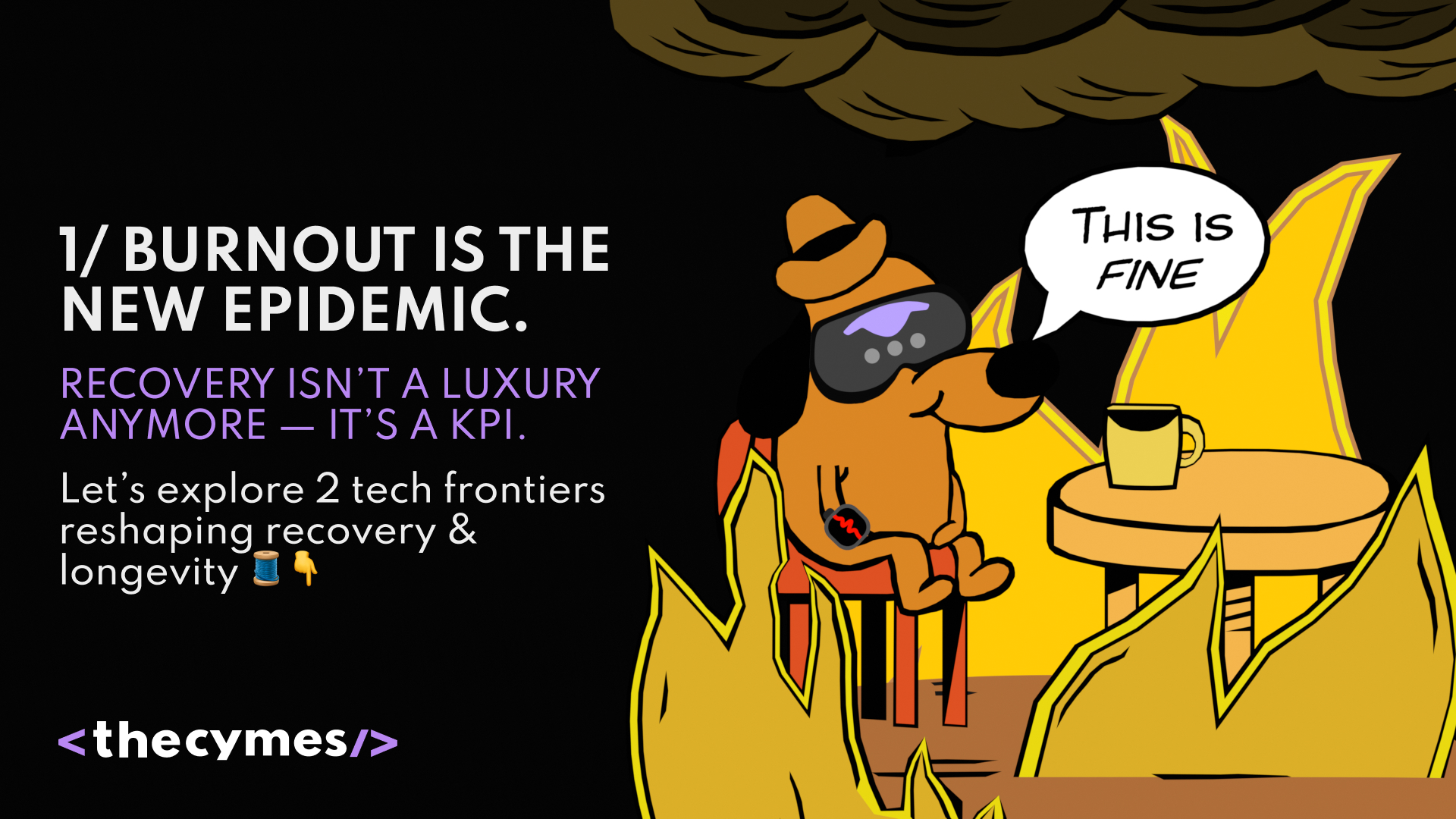Table of Content
When a Country Becomes a Lab: Ukraine’s War-Driven Tech Boom and the Risk of Losing It All
/>How Engineers Turned the Frontline into a Global R&D proving ground, and why 'Innovation Burnout' Could Lead to a Brain Drain of the Brightest Minds.When a Country Becomes a Lab: Ukraine’s War-Driven Tech Boom and the Risk of Losing It All
When Russia invaded in 2022, few could have predicted that Ukraine, a country better known for its agricultural exports and IT outsourcing, would turn into the world’s most explosive tech lab. But that’s exactly what happened.
Two years later, the battlefields of Donbas and the skies over Kharkiv have become testing grounds for the future of warfare. Drones swarm, AI guides artillery, and startups iterate faster than governments can regulate. It’s brutal, messy, and astonishingly innovative - the kind of environment where ideas live or die overnight.
From homemade FPV drones built in garages to advanced targeting algorithms coded in blackout basements, Ukrainian engineers have hacked the entire concept of defense R&D. The frontline is no longer just a place of destruction; it’s a feedback loop. Soldiers test. Engineers tweak. Updates deploy. Repeat.
In ordinary times, defense innovation moves at the pace of bureaucracy, slow, expensive, and risk-averse. In Ukraine, it moves at the pace of survival. That’s why the country has become an unlikely global magnet for military innovation and a glimpse into what the next era of defense tech might look like.
A Wartime Silicon Valley: Built from Chaos
According to AIN.UA’s decade-long review of Ukraine’s defense tech scene, more than 200 startups have emerged since the full-scale invasion. Many started from volunteer groups and Telegram chats, merging into fast, agile teams with minimal funding and maximum urgency.
They build drone systems, electronic warfare shields, AI reconnaissance tools, and software that automates battlefield logistics. Their advantage isn’t infrastructure, it’s iteration speed. In Ukraine, a prototype can move from idea to combat-ready device in weeks, not years.
As one founder put it: “In peacetime, you design. In war, you improvise - and if it works, you scale.”
That mindset, improvisation as innovation, has turned Ukraine into a living ecosystem of rapid experimentation. It’s a place where engineers from IT startups, defense veterans, and garage tinkerers collaborate like nowhere else on Earth.
But There’s a Catch - Innovation Burnout
For all the brilliance, there’s a dark undertone. Ukraine’s war-born tech boom is running on adrenaline, and adrenaline doesn’t last forever.
The Atlantic Council warns of an “innovation drain”: the very people driving this revolution are now being hunted by foreign investors, NATO contractors, and Silicon Valley recruiters. Many of these engineers, still working with limited state support and inconsistent funding, are tempted by the stability and money abroad.
And who can blame them? The war economy offers urgency but not certainty. Intellectual property remains a gray zone. Government procurement is slow. Regulation hasn’t caught up. Without reform, Ukraine risks losing not only its brightest minds but also the global edge it earned through necessity.
What began as a story of ingenuity could end as one of extraction, where global powers harvest Ukraine’s innovation, but the country itself is left behind.
The Next Frontier: Keeping the Fire
To prevent that, Ukraine must do something radically difficult: turn survival innovation into a sustainable industry. That means clear laws on defense R&D, strong IP protection, and public-private partnerships that keep talent invested locally.
If the government and investors can channel wartime creativity into structured growth, Ukraine could become not just a defense hub but a global leader in autonomous systems, robotics, and AI for resilience.
The cultural shift is already underway. In Ukraine, engineering is no longer just about technology – it’s about identity. The same people who once built delivery apps now design drone fleets. Hackers became tacticians. Designers became field innovators. The line between military and creative work has blurred into something entirely new.
And that’s the paradox of Ukraine’s tech renaissance: born in war, fueled by urgency, yet fragile in peace.
A Lab with No Safety Goggles
When a country becomes a lab, innovation burns hot. Mistakes happen in real time. Failures are measured in lives, not losses. But this intensity – this constant feedback loop between battlefield and workshop- has made Ukraine one of the world’s most exciting (and dangerous) places for technology to evolve.
The challenge now is to keep the fire without the war. To build systems that protect what the chaos has created.
Because history is clear: every experiment has an aftermath. Ukraine may determine whether it becomes the Silicon Valley of defense or just the lab where the future was tested and then taken away.




